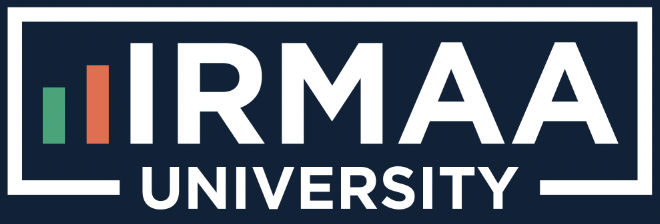With Medicare’s enrollment period happening there has been many discussions on the “Donut Hole” and the effective closing of it over time due to the “Patient Protection and Affordable Care Act (PPACA)”.
This one act will effectively close the drug gap by the year 2020 (it didn’t by the way).
On the surface this looks to be fantastic news as one of the biggest issues with Medicare Part D, this Donut Hole, appears to be solved, but with every action there is always a reaction and let’s look at how all of this plays out.
What is the Donut Hole:
As defined by www.medicare.gov it is “a temporary limit on what the drug plan will cover for drugs. Not everyone will enter the coverage gap. The coverage gap begins after you and your drug plan have spent a certain amount for covered drugs”.
How the Donut Hole works;
The Donut Hole works in parts with each part depending on how much money you and your health insurer who is covering drugs spend in a year.
If the total amount you both send reaches a certain level you will enter the Donut Hole and your coverage will cease for awhile. If you spend even more money while you are in the”Hole” you will eventually reach catastrophic coverage and your insurance will pick 95% of the costs.
This amount of money that determines the Donut Hole consists of:
- Your premiums.
- Your co-pays,
- Your deductible and,
- Your private health insurers cost for your drugs minus your co-pay.
And now the money breakdown of the Donut Hole
1. Under $4,700.
You and insurer are safe if the total amount of your drugs is under this amount. You will pay the amounts that are set in your drug plan and carry on with your life.
BUT, if you go over this amount by even by $0.01 you become more responsible for the cost of your medications.
2. Over $4,700.
This is the actual Donut Hole.
If you and your insurer spend up to this amount you will become 100% responsible for all of your drugs costs.
You will effectively have no coverage at all until you reach what is affectionately known as “catastrophic coverage”.
3. Over $7,630.
The moment you spend over this amount amount you will receive “Catastrophic Coverage” so you have that going for you…which is nice.
This is the point where your insurer will re-enter your life and will again start providing coverage for your drugs. In fact you will only be responsible for 5% of all of your drug costs for the rest of the contract or year.
So what do you really pay for drugs?
If we follow the current guidelines of this Hole and look at the average if what is being paid we know, by going over the 3 steps that the costs will be:
Step 1 (Under $4,700) – This should not be a surprise you will pay at a maximum $4,700.00.
Note that in the part the maximum co-pay for the most expensive drugs is 25%
Step 2 (Over $4,700 to $7,630) – Again there are no surprises as you will spend another $2,930.00.
Step 3 (Over $7,300) – Here is where everything gets tricky as you will have to cover 5% of all drugs costs. If you are taking say Enbrel which costs roughly $30,000 and you are in the “Hole” in the first month you will have to pay $1,500.
Your total costs for the year, if you are taking Enbrel, will be $9,130 which includes all premiums, co-pays and deductibles.
Yes, this is way too much money to spending so your politicians must make changes right?
The Closing of the Donut Hole:
This may come as no surprise too, but your politicians, in order to pay for the closing the Donut Hole has to make some other changes to the entire structure…seriously they said this.
The changes consist of:
- Adding a new Tier to the structure of drugs.
- Currently there are 3 Tiers
- Generic – typically very small to no co-pays.
- Brand Name – co-pays are generally between 5% to 15%.
- Specialty – co-pays are a maximum of 25%.
- Tier 4 will be added and is for drugs that treat disease states like Rheumatoid Arthritis, Cancer, and MS.
- Co-pay 35% and possibly 44% which is dependent on the insurer…again seriously.
- Currently there are 3 Tiers
- Increasing the co-pays of Specialty drugs to 35%
The closing of the Donut Hole will actually increase the cost of drugs for the sickest part of our population and your politician thinks this is great.
To give you an example of what we mean about your politician destroying the sickest people in the country who are on Medicare let’s look at the above Enbrel retiree who is currently paying $9,130 for that drug.
Because Enbrel is a biologic and an injectable which means it is a Tier 4 DRUG the co-pay will most likely be 35%.
So, instead of our example paying that $9,130 for the year which includes their premiums, co-pays and deductibles they will now pay 35% of that $30,000 cost of that drug.
They will pay $10,500 for just the drug co-pay and then they will pay their premiums and deductibles too.
Yes, by 2020 the Donut Hole will be closed and it will be replaced with a 25% increase in premiums for all, while also, charging the sickest beneficiaries even more than before through higher co-pays.
If this was in a movie no one would believe it…NO ONE.
